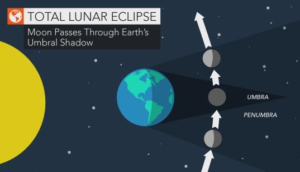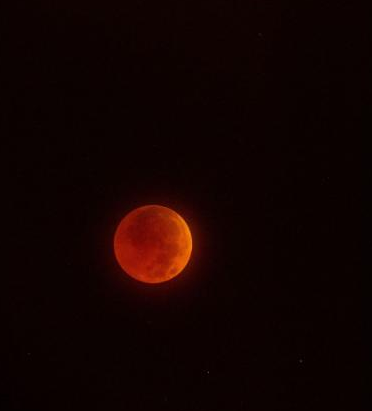 Sunday, January 20, pending cloud cover, you will have the chance to view the last total lunar eclipse of the decade. The phenomena will be visible over all of North America.
Sunday, January 20, pending cloud cover, you will have the chance to view the last total lunar eclipse of the decade. The phenomena will be visible over all of North America.
The January 20 event will be the first total lunar eclipse visible in its entirety across the United States since Dec. 21, 2010.
During the eclipse, the moon will turn red as it passes through the earth’s shadow. Anyone planning to see the moon turn red will need to stay up late on Sunday night.
The first phase of the eclipse, known as the penumbral phase, will begin at 9:36 p.m. Eastern Standard Time. Viewing will improve just after 10:30 p.m. EST as the moon enters a partial eclipse phase. The eclipse will not reach its peak until just before midnight EST. Totality is predicted to last around one hour.
The next opportunity to witness a total lunar eclipse will be May 26, 2021.
Sunday night’s total lunar eclipse has been given the unofficial nickname of the ‘super blood wolf moon.’
The term blood moon has emerged in recent years due to the color the moon turns during the height of a total lunar eclipse.
This eclipse also falls during the first super moon of 2019 when the moon appears slightly larger than normal.
Wolf Moon is the name given to January’s full moon. According to American Indian lore, the Wolf Moon appeared when wolves howled in hunger outside the villages.
No special equipment or glasses are needed to view the lunar eclipse. However, binoculars or a telescope will provide more details of the moon’s surface.
The darkened sky will also make it easier to spot any shooting stars.
Stargazers viewing the sky after the eclipse will also be able to see a conjunction. Venus and Jupiter will appear side-by-side in the southeastern sky from the early morning hours until sunrise. The two planets will be the brightest “stars” in the night sky.





